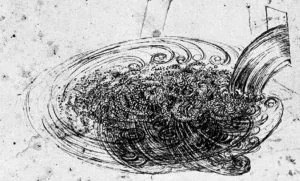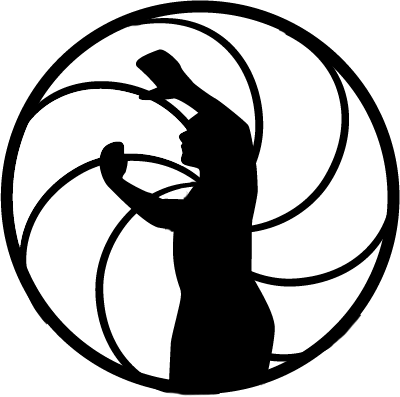Bodymind Embodiment and Progress
Spiral Praxis is not just a way to help people recover from injury—it is also a means for people to reach their highest bodymind potential. The initial stages of Spiral Praxis are deceptively simple, involving short meditations that explore a single aspect of bodymind experience. But as a practitioner gets more experienced, they can begin to combine these simple meditations in ways that can tackle very complex tasks and demands. People can use Spiral Praxis to simply meditate or they can use it to help them in multi-dimensional bodymind skills such as playing music, sports, painting or dancing.
An Internal vs. External Perspective
In any type of human activity there are external and internal parameters. External parameters are the ones that we are most familiar with—they encompass all the concrete goals and purposes of an activity. For example, for most people, the purpose of running is to move as fast as possible; the purpose of basketball is to put a ball through the hoop; the purpose of yoga is to get more flexible; the purpose of thinking is to solve a problem, etc. In the West, our culture is obsessed with pushing the limits of these external parameters as far as possible and our training methods are reflected in the slogans of achievement—“no pain, no gain”, “citius, altius, fortius”, “just do it.”
The internal parameters of an activity involve the inner adjustments we make to achieve our external goals. They focus on modulating and balancing our inner experience—not what but how we do an activity. Bio-mechanical adjustments to improve posture and locomotion are perhaps as close as we get in the West to working with internal parameters; but the range and depth of internal bodymind functioning can be more deeply accessed through bodymind training. Internal bodymind activation can radically improve our endurance, flexibility, coordination, concentration, and reflexive speed to work in harmony with our external goals. More importantly, they can enrich our experience by making it more balanced, integrated and even ecstatic.
The Spiral Learning Process
In Spiral Praxis we learn things through a non-linear process that develops like a spiral. It begin from a clear, empty and relaxed state of being which we term first awareness. In this meditative space, our perceptions are in a preparatory state for learning. Learning itself begins when we create a flow seed. A flow seed is created after we have embodied a bodymind skill using techniques of space/time/energy variation. These flow seeds are then further integrated in combinatory constructive forms using somatic operations (for example, in internal flow patterning, we usually start with a simple spiral form that we develop into complex, circuit-like structures using various space/time/energy operations). In advanced stages of the spiral learning process, the bodymind functions in a state of superposition, where the different dimensions of bodymind are happening simultaneously in flow.
THE BEAUTIFUL WATER DRAWINGS BY LEONARDO DA VINCI SHOW NATURAL SELF-FORMING SPIRAL CONSTRUCTIONS THAT WE BELIEVE ARE INTRINSICALLY PART OF THE LEARNING PROCESS
While this description may seem complex, experiencing spiral learning is not—it is totally organic, easy to concentrate on, and extremely flexible to meet the demands of life. For people who have learned Spiral Praxis first-hand, they grow to understand it as a way of living life and interacting with the world everyday.
Aiming for Resonant Flow States
All of us have felt, at moments, when even a stressful activity suddenly feels light, free and easy. We understand these moments as flow states where movement, thought, feeling and action have become unconscious and reflexive. The problem that most people experience is not being able to repeat these inner moments of being “in the zone”. The methods of Spiral Praxis provide a simple but deep way of accessing these resonant flow states. Its method involves using short, explosive bursts of awareness called learning reflexes. The general process, as described above, has four phases: (1) eliminating blocks in flow; (2) assimilating new experience; (3) integrating internal parameters; (4) sealing knowledge into the unconscious.
Spiral Praxis is a remarkable comprehensive bodymind system that is structured in well-defined developmental steps. For people interested in just dipping their toes into the ocean of bodymind exploration, they can start with learning reflexes that involve single bodymind parameters such as controlling the energy, speed, or smoothness of their internal functioning. However, Spiral Praxis can also be used for very sophisticated applications where multiple areas of internal functioning are necessary—people have used Spiral Praxis for injury recovery, yoga, meditation, athletics, rock climbing, dance, somatic psychology, pre- and post-natal pregnancy, relaxation, creativity and more. The process itself develops in a spiral way, starting from simple seeds which self-develop and self-iterate into more complex forms. In this sense, the study of Spiral Praxis is akin to classical music training, where the bodymind itself is the instrument to master and the steps to attain this mastery happen through a gradually process of cumulative exploration and loving practice.







